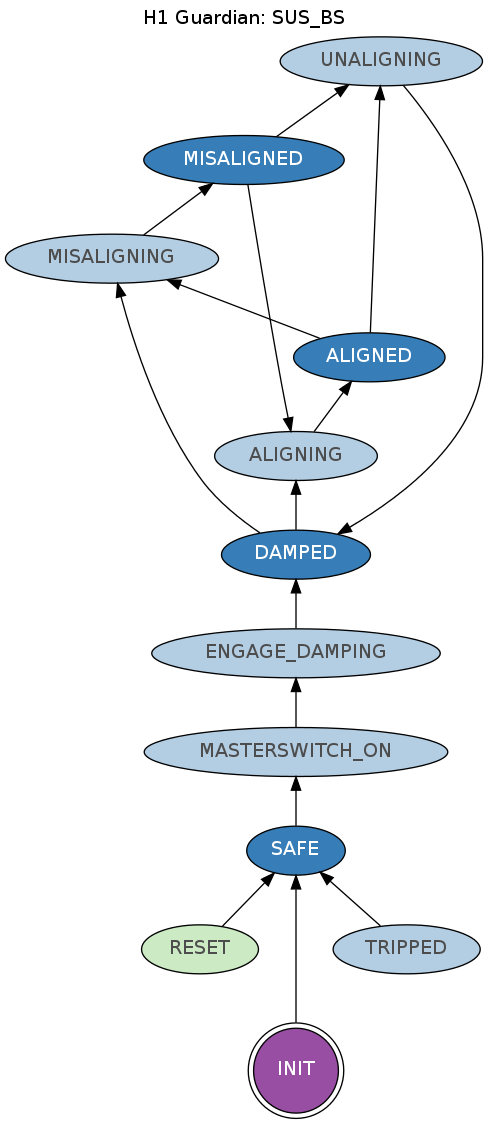WHAM4 only has level 1 robust controllers and we should build Level 2 & 3 controllers as well. Now that the system is really complete and we only have in-air TFs, it makes sense to run new TFs. We need to do this just about everywhere.
See the two attached plots to see the new CPS TF completed Wednesday, the response is nicely smooth (in vacuum) compared to the In-Air TFs with HEPI locked on May 23. Notice the large dip in H3 as well as the shift down and smoothing of peaks between 10 and 50 hz. Not sure what this means for controller development but it seems important. I drove with DTT and these seem to still be present. These features DO NOT appear in the GS13 signals but we do have good coherence here for the GS13.











